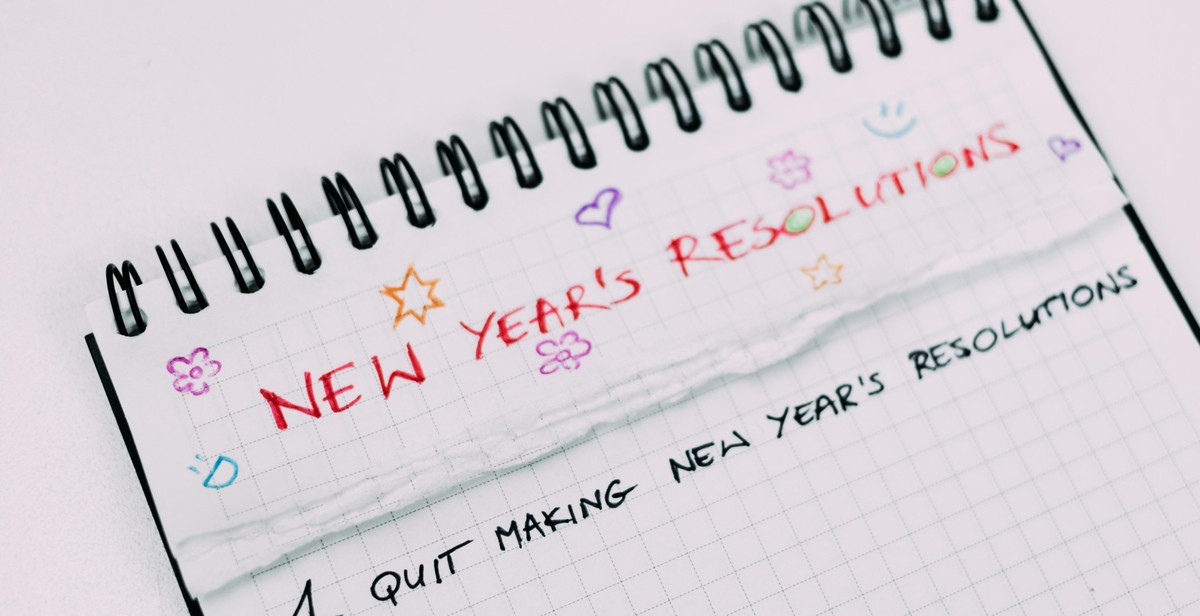How to Optimize Your Landing Page for Better Conversion Rates: Introduction
Creating a landing page that successfully converts visitors into customers is a critical aspect of any online business. Landing page optimization helps to increase the number of leads, sales, and revenue generated from your website. In this article, we will explore the importance of landing page optimization and provide tips on how to optimize your landing page for better conversion rates.
Why is Landing Page Optimization Important?
A landing page is the first page that a visitor sees when they click on a link from an advertisement or search engine result. It is designed to convert visitors into leads or customers by providing them with relevant information and a clear call-to-action.
Optimizing your landing page can significantly improve your conversion rates. A well-optimized landing page can help to:
- Increase lead generation
- Boost sales and revenue
- Improve user engagement and satisfaction
- Reduce bounce rates and increase time on site
By understanding the key elements of landing page optimization, you can create a high-converting landing page that drives more revenue for your business.

1. Define Your Goal
Before you start optimizing your landing page for better conversion rates, it is important to define your goal. What is it that you want to achieve with your landing page? Is it to get more sign-ups, increase sales, or generate more leads?
Once you have a clear understanding of your goal, you can start optimizing your landing page accordingly. Your goal should be specific, measurable, achievable, relevant, and time-bound (SMART).
1.1. Specific
Your goal should be specific and well-defined. For example, instead of saying “I want more sign-ups,” you should say “I want to increase my sign-ups by 25% within the next month.”
1.2. Measurable
Your goal should be measurable so that you can track your progress. Use metrics like conversion rates, bounce rates, and time on page to measure the success of your landing page.
1.3. Achievable
Your goal should be achievable within a reasonable timeframe. Setting unrealistic goals can lead to frustration and disappointment.
1.4. Relevant
Your goal should be relevant to your business objectives and your target audience. Make sure your landing page is designed to meet the needs of your target audience.
1.5. Time-bound
Your goal should have a specific deadline. This will help you stay focused and motivated to achieve your goal within the given timeframe.
Defining your goal is the first step towards optimizing your landing page for better conversion rates. Once you have a clear understanding of your goal, you can start optimizing your landing page to achieve it.

2. Know Your Audience
One of the most important aspects of optimizing your landing page for better conversion rates is understanding who your target audience is. Without this knowledge, it’s impossible to create a landing page that resonates with your ideal customer and motivates them to take action.
Who is Your Target Audience?
Start by identifying the demographic characteristics of your ideal customer. This includes their age, gender, location, income level, education level, and occupation. You should also consider their interests, hobbies, and values.
Next, think about their pain points and motivations. What problems are they trying to solve? What goals are they trying to achieve? By understanding their pain points and motivations, you can create a landing page that speaks directly to their needs and desires.
How to Tailor Your Landing Page to Your Target Audience
Once you have a clear understanding of your target audience, you can begin to tailor your landing page to their needs. This includes:
- Using language and messaging that resonates with your audience
- Choosing images and visuals that appeal to your audience
- Highlighting the benefits of your product or service that are most important to your audience
- Addressing any objections or concerns your audience may have
By creating a landing page that is specifically designed for your target audience, you can increase the chances of converting visitors into customers.

3. Keep it Simple
One of the most important aspects of optimizing your landing page for better conversion rates is to keep it simple. A cluttered and confusing landing page can drive potential customers away, so it’s important to simplify your design as much as possible. Here are some tips:
Simplify Your Layout
Choose a simple layout that makes it easy for visitors to navigate your page. Use white space to create a clean and uncluttered look. Make sure your call-to-action (CTA) stands out and is easy to find.
Use Simple Language
Avoid using jargon and technical terms that your visitors may not understand. Use simple language that is easy to understand and gets your message across clearly.
Limit Your Choices
Too many choices can overwhelm visitors and make it difficult for them to make a decision. Limit the number of options available on your landing page to make it easier for visitors to choose the action you want them to take.
Optimize for Mobile Devices
Many visitors will be accessing your landing page on a mobile device, so it’s important to optimize your design for smaller screens. Use a responsive design that adapts to different screen sizes, and make sure your CTA is easy to tap with a finger.
- Choose a simple layout
- Use simple language
- Limit your choices
- Optimize for mobile devices
By simplifying your landing page design, you can make it easier for visitors to understand your message and take the action you want them to take. Keep it simple, and you’ll see better conversion rates.

4. Use a Clear Call-to-Action
A Call-to-Action (CTA) is a statement that instructs the user to take a specific action. It is an essential element in your landing page because it guides the user towards the desired action you want them to take. A clear and concise CTA can increase your conversion rates by providing a clear path for the user to follow.
Make Your CTA Stand Out
When creating your CTA, make sure it stands out and is easily visible on the page. Use contrasting colors and bold text to make it more noticeable. Place the CTA above the fold, so the user doesn’t have to scroll down to find it. Make sure the CTA is relevant to the content on the page and is straightforward.
Also, consider using action-oriented language in your CTA. Use words like “Get,” “Download,” “Sign Up,” “Register,” or “Buy Now” to encourage the user to take action. Be creative with your CTA, but avoid being too vague or gimmicky.
- Ensure your CTA is visible and stands out on the page
- Use contrasting colors and bold text to make it more noticeable
- Place the CTA above the fold
- Use action-oriented language
- Be creative but avoid being too vague or gimmicky
By following these tips, you can create a clear and effective CTA that will guide your users towards taking the desired action and increase your conversion rates.

5. Optimize Your Forms
Forms are a crucial component of any landing page. They are the gateway to converting visitors into leads. However, poorly optimized forms can significantly reduce your conversion rates. Here are some tips to optimize your forms:
Keep it Simple
One of the biggest mistakes that marketers make is creating forms that are too complex. Keep your forms simple and easy to fill out. Only ask for information that is necessary to convert the visitor into a lead. The more fields you have, the more likely visitors are to abandon the form.
Use a Progress Bar
When you have a longer form, a progress bar can be helpful. A progress bar helps visitors understand how much more they need to fill out before completing the form. It also gives them a sense of accomplishment as they move through the form.
Minimize Required Fields
Only ask for information that is essential to your business. The more fields you require, the more likely visitors are to abandon the form. If possible, use progressive profiling to gather additional information over time.
- Keep forms simple and easy to fill out
- Use a progress bar for longer forms
- Only ask for essential information

6. Use Social Proof
One of the most effective ways to optimize your landing page for better conversion rates is by using social proof. Social proof is the concept that people are more likely to trust and follow the actions of others. In the context of a landing page, social proof can take different forms, such as:
Include Testimonials
Testimonials from satisfied customers or clients can be a powerful tool to build trust with your visitors. Make sure to include testimonials that are relevant to your product or service and highlight the benefits that your customers have experienced. You can also use photos or videos to make the testimonials more authentic and compelling.
Showcase Social Media Followers
If you have a strong presence on social media, showcasing your followers and social media engagement can be a great way to demonstrate credibility. You can display social media icons and follower counts on your landing page or include a section that highlights your social media activity.
By using social proof on your landing page, you can create a sense of trust and credibility that can help convince visitors to take action. Make sure to use social proof that is relevant and authentic to your brand and audience.

7. Test and Analyze
Testing and analyzing your landing page is crucial to improving its conversion rate. Here are some methods to consider:
A/B Testing
A/B testing involves creating two versions of your landing page with only one element changed between them. For example, you could test different headlines, button colors, or images. Then, you divide your traffic between the two versions and compare the results to see which one performs better.
Make sure you only test one element at a time so you can accurately determine what caused the change in conversions.
Track Your Metrics
Tracking your metrics is essential to understanding the behavior of your visitors. Use tools like Google Analytics to track your bounce rate, time on page, and conversion rate. These metrics will help you identify areas of improvement and determine what changes to make to your landing page.
Use Heat Maps
Heat maps show you where visitors are clicking on your landing page. This information can help you understand what elements are working and what needs to be improved. Use tools like Crazy Egg or Hotjar to create heat maps for your landing page.
By testing and analyzing your landing page, you can improve its conversion rate and generate more leads or sales. Keep in mind that optimization is an ongoing process, and you should continue to test and make improvements over time.
